Letter from the north-east of Cymru; Connah’s Quay/ Cei Connah
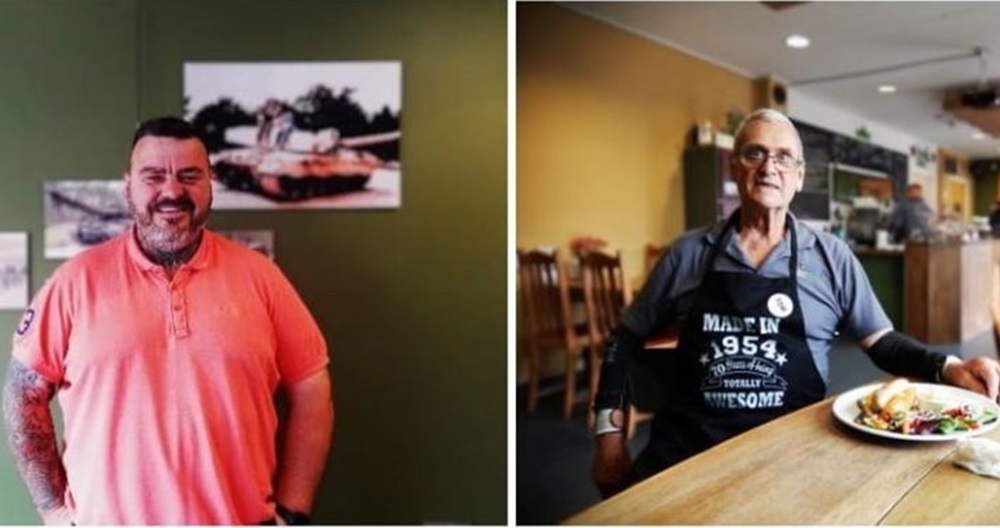
The second dispatch from each of the four ‘corners’ of Cymru travelled to by bus and on foot from Machynlleth which is somewhere near the middle.
Julie Brominicks
‘I got expelled because I was curious about flammable liquids’ he says. ‘It was the army or I’d have ended up in prison.’ Chris doesn’t need to reassure me he reformed, because he radiates warmth and compassion.
I’ve asked why he comes so often (whenever he’s not driving lorries) to Caffinaafi, part of a not-for-profit Veterans & Community Hub, whose space has been provided by the council. Chris says he served in the Royal Infantry of Wales in Northern Ireland, Bosnia and Kosovo and came out with PTSD but didn’t know it. ‘Everyone just thought I was angry. No-one knew what a panic attack was, I used to take myself to hospital. They had no idea what I’d gone through. What I’d seen. But here, people understand.’ Chris rebuilt himself after being broken down and I tell you by the time I leave Cei Connah I’m a more complete person myself.
I’d been dreaming of cafes since the smell of hot soup permeated the bus fumes in Dolgellau where I left the T2 for the T3 to Corwen. From there to Broughton Tesco on the T8 and finally the 10 to Cei Connah, surround-sound English chatter all the way. Except for near Rhuthun when nine wobbling toddlers were lifted onto seats. ‘Dan ni’n jyst mynd i’r llyfrgell’ one of the teachers had said and I’d loved their can-do attitude to Cymraeg, libraries and public transport. (Chris incidentally, regrets there’s no Cymraeg in Cei Connah.)
Four hours watching fireweed sticking up like matches in the verges and being glad that the buses are busy, public transport (despite the too-slow zero-carbon transition) being crucial. ‘Just one more bus journey a month could cut CO2emissions by 2 million tonnes a year’ claim Transport for Wales. Finally, hot coffee. Because although mainland Europe bakes under a heat dome (as it did in 2023 resulting in 50,000 climate-change aggravated deaths according to research published in Nature this week), Cymru is chilly.
But Caffinaafi warms body and soul. Naomi, a director, intuits the life-sized cardboard Queen’s not quite my thing. (Lizzie’s temporary, a birthday card made for Max, a cake-baking ex-RAF chef). But the basket of crocheted poppies includes white ones and Naomi wants me to know. ‘The majority of vets are thriving and coping but there are high levels of PTSD. About fifteen veterans volunteer here; Andy, ex-RAF. Para Dave. Will, ex-ordnance who works at Airbus… and civilians.’
Two sixteen-year old girls are working today, chatting now with Nick and his guide dog Leider. And here’s Tom in his apron, ex-Signals, who can’t keep away. ‘It’s done me the world of good’ he says, sitting down with a plate of bratwurst and frikadellan. ‘I did a chef’s course in the army so I help out in the kitchen.’ This is where community and veterans meet, everyone benefits and no-one is judged.
It sets the scene for my day. Enmeshed between power lines and the North Wales Expressway, Connah’s Quay sits close to the border on Afon Dyfrdwy, the river Dee, just eight miles from Chester.
Coal mines
Because of its minerals and ores, this coastal strip was ablaze in the 18th century with coal mines, lead smelters, artificial silk, zinc and cement-works and more. Resources and workers were exploited. Industrialization expanded, accelerating the climate change now cooking mainland Europe and Africa. And when coal in south Cymru took off, industries here fizzled out and brutal poverty got worse. Paper mills endured and steelworks began, though in 1980, 6,500 jobs at Shotton Steelworks were lost in a single day. Meanwhile, there are jobs in armed forces.
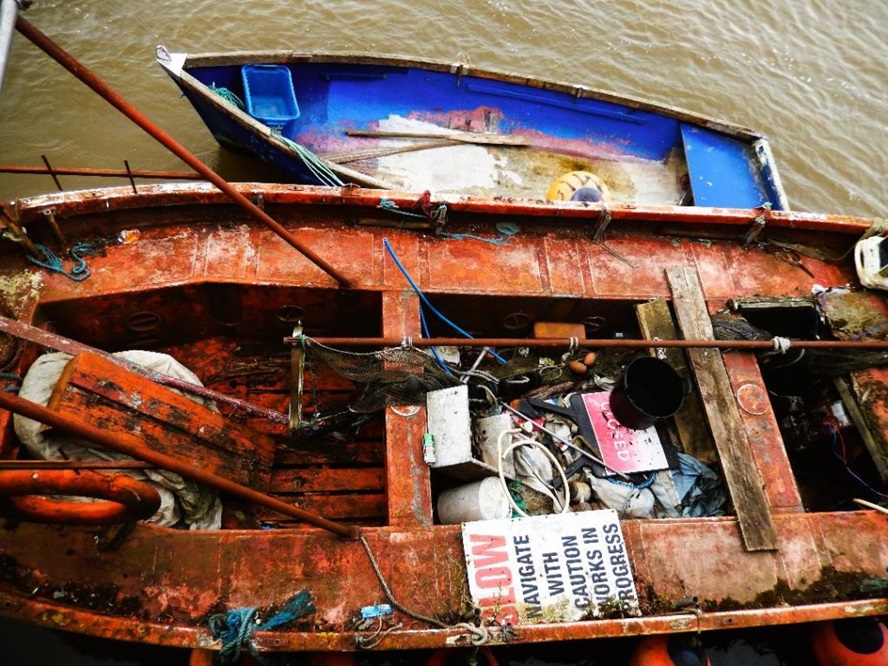
Someone has left chocolate for the pillar-box crocheted seagull. Ray, vaping in an armchair while his lads unload the spoils of a house clearance, says he ran a fleet of taxis in Chester but is glad he’s here in Wales where there’s no idiots rioting.
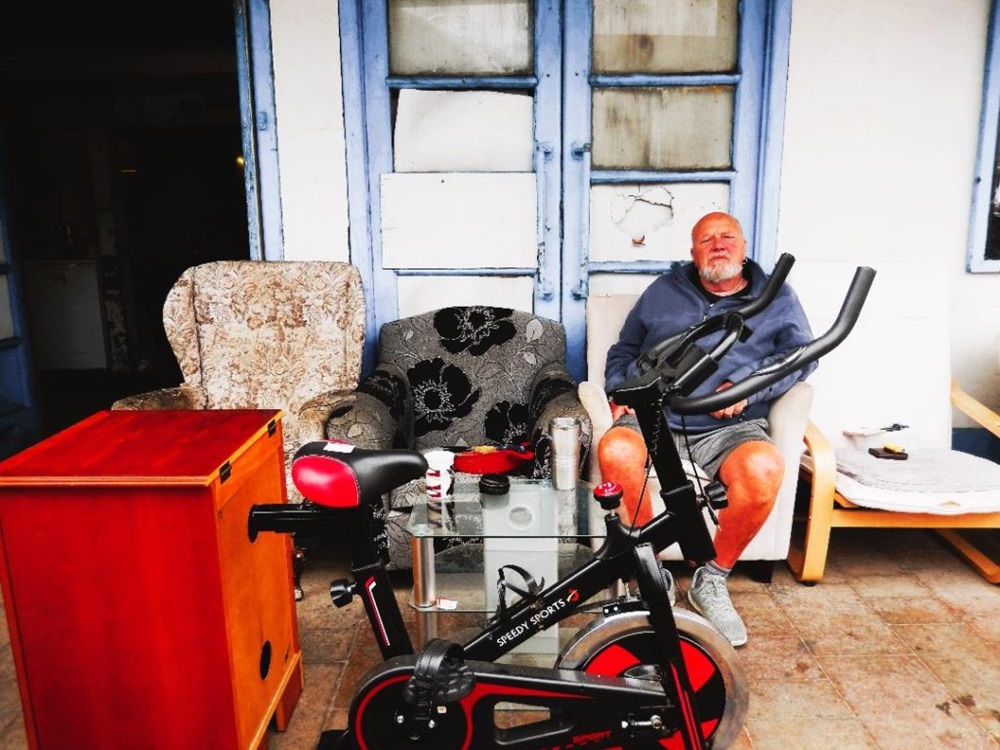
Here’s The Fight Club. I’ve just seen boxing on the Olympics, so pop in and find Daniel fresh from the shower and Ryan, exuding exuberance. ‘Kids class, Boxercise, hulahoop.’ ‘Ultra-fights for charity.’ ‘It’s often the vets that do those, it’s really good for mental health.’ ‘It massively improves depression.’ ‘Connah’s Quay Nomads train here when the football season finishes.’ ‘The police used to bring young offenders. It calms people down – you don’t want to fight when you know what it’s about.’ ‘Most people don’t fight. It’s good for your fitness, reflexes. It’s like meditation.’
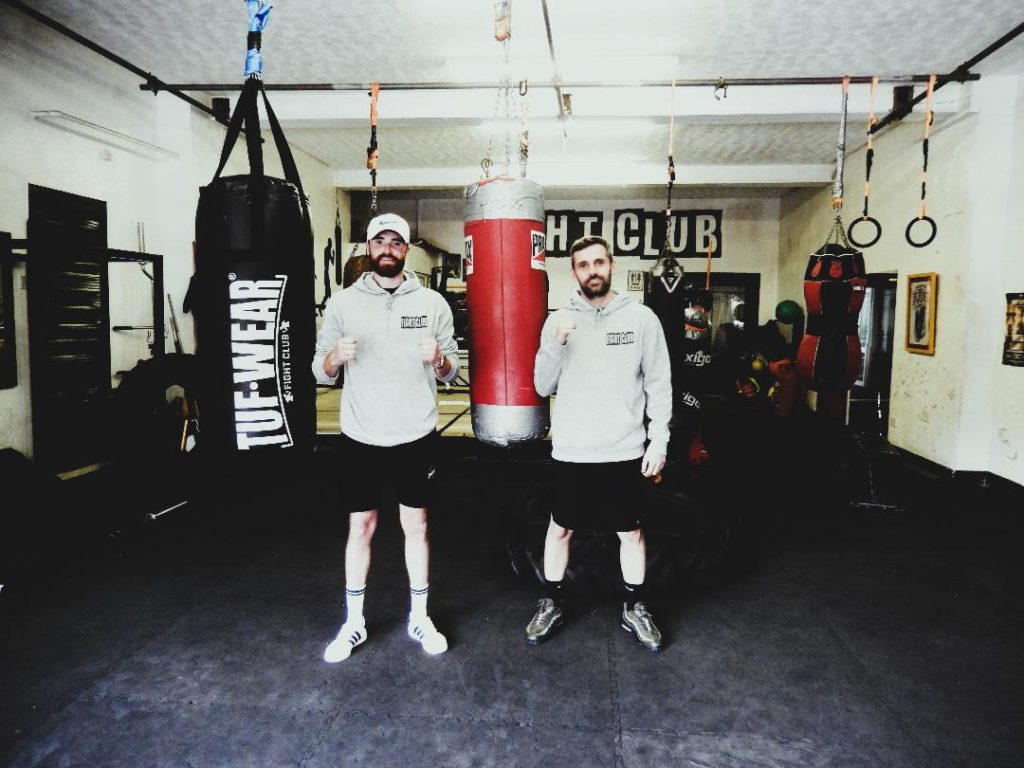
I think I’ll look for birds on the waterfront, but instead meet young Kuncho, Costin and Georgi on the quay where ships were built. ‘We were kinda bored’ says Georgi. ‘We didn’t feel like playing football or something so we’re out fishing.’ They’ve caught nothing yet but last time had an eel, a flattie and about ten crabs.
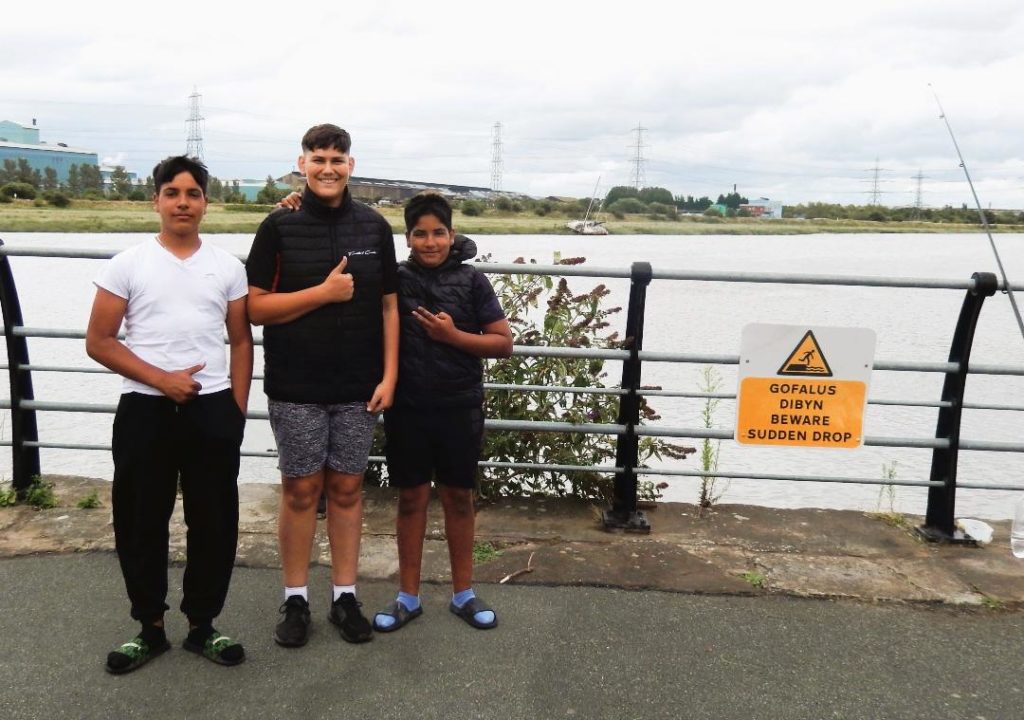
Teenage girls wearing rollerboots on bicycles trundle by. Down the slipway some men are figuring out how to pull in a pontoon that escaped from Airbus. Three Polish council workers point out a viewpoint of the river and all the bridges. That’s where I meet Gavyn, filming a super barge docking at Shotton Mill. And Country Park rangers Helen and Jim, waiting for a colleague with a leafblower. We’re overlooking the power plant originally built to burn coal, that processes shale gas from under Liverpool Bay, and Jim says they’re repurposing the pipeline to send carbon back down it, to bury in the depleted gas-fields.
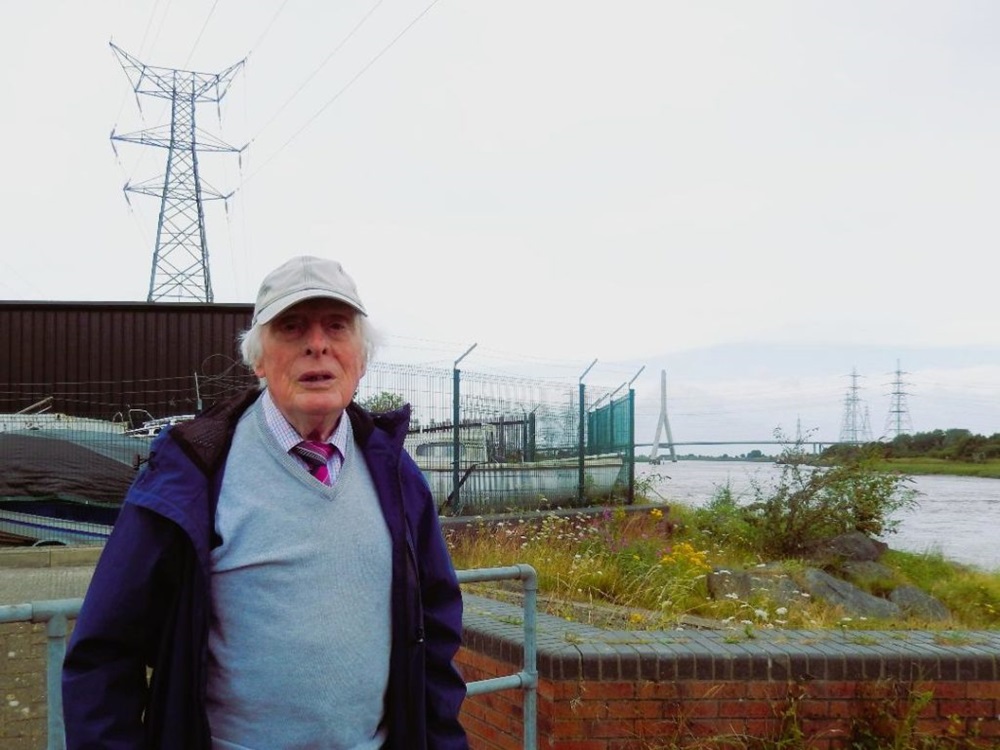
One gull and later one goose. Vetch, ragwort and hemp agrimony thriving where industry was. And here’s Ivor Jones who remembers the steelworks. ‘My Dad was on the furnace’ he says ‘and I was on the slab bay. I’d paint on the grade size in yellow chalk that melted – you had to be quick.’
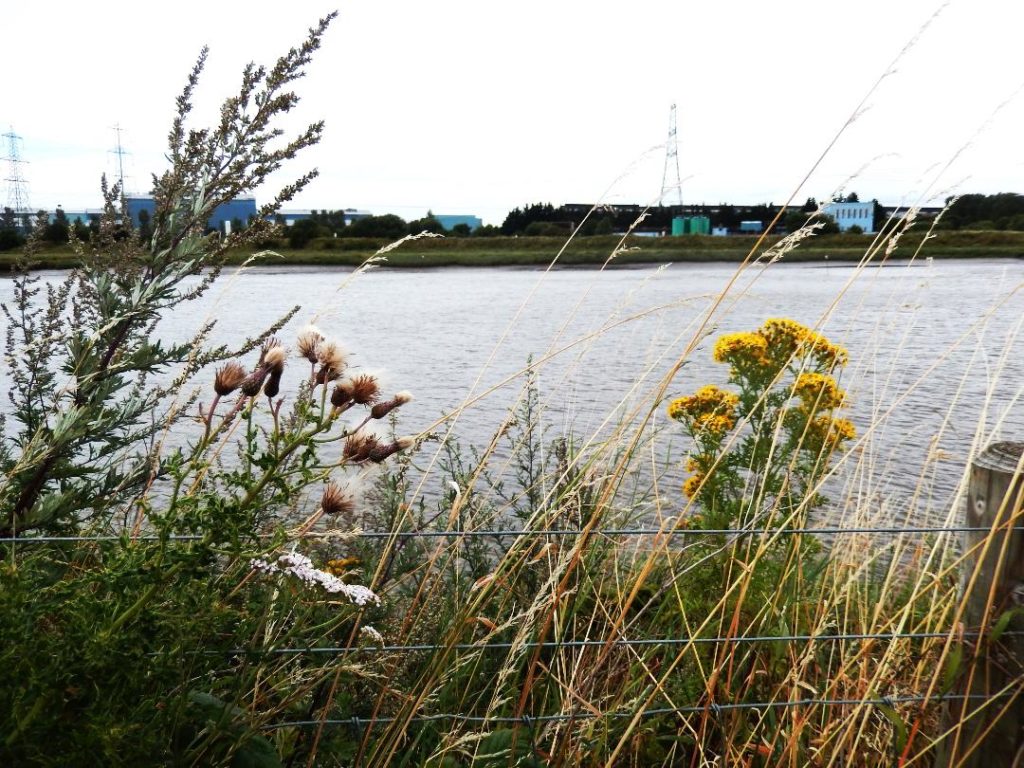
Vehicle-reversing beeps and a smell of rubble when I meet Chris and Wayne from Tamworth here for piling, and Jemma, laughing because her long orange nails hamper putting Rupert back on his lead. The sky’s molten-lead above the thermographic paint factory. ‘It’s funny stuff’ say the lads on a vape-break, of the paint.
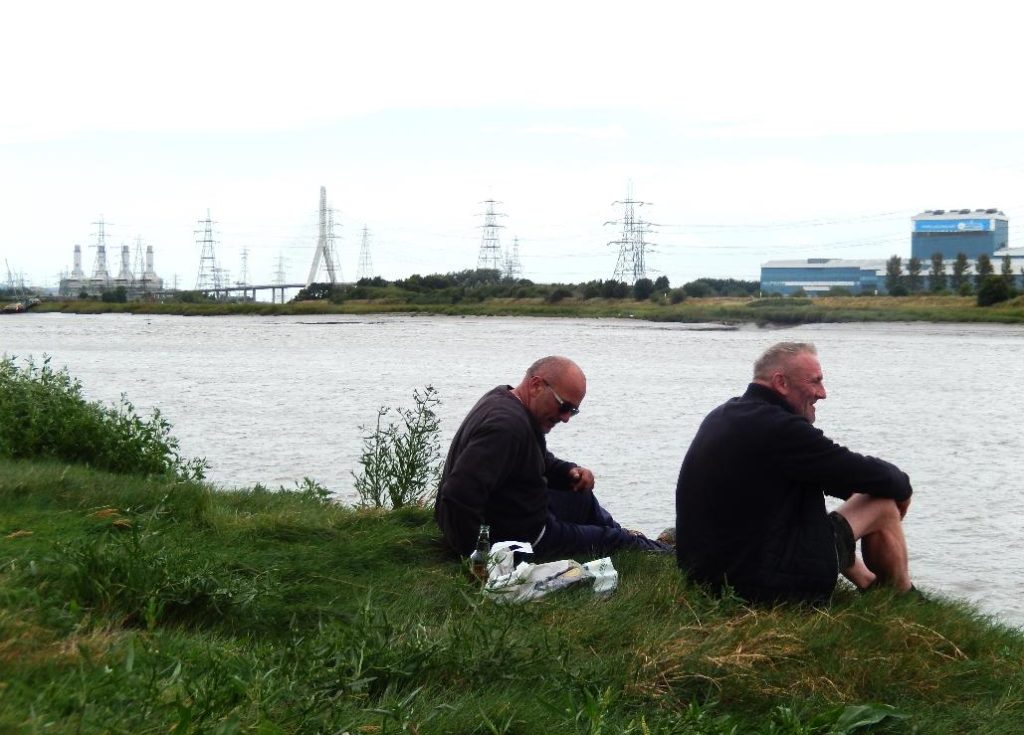
Monarchy, military and boxing have not been my world, but now I understand better. This most north-easterly point of Cymru sure warms my heart.
They didn’t explain their methodology, but huge thanks to the Ordnance Survey Cartology Department for clarifying the northwesterly, northeasterly, southeasterly and southwesterly points of Cymru.
Support our Nation today
For the price of a cup of coffee a month you can help us create an independent, not-for-profit, national news service for the people of Wales, by the people of Wales.




